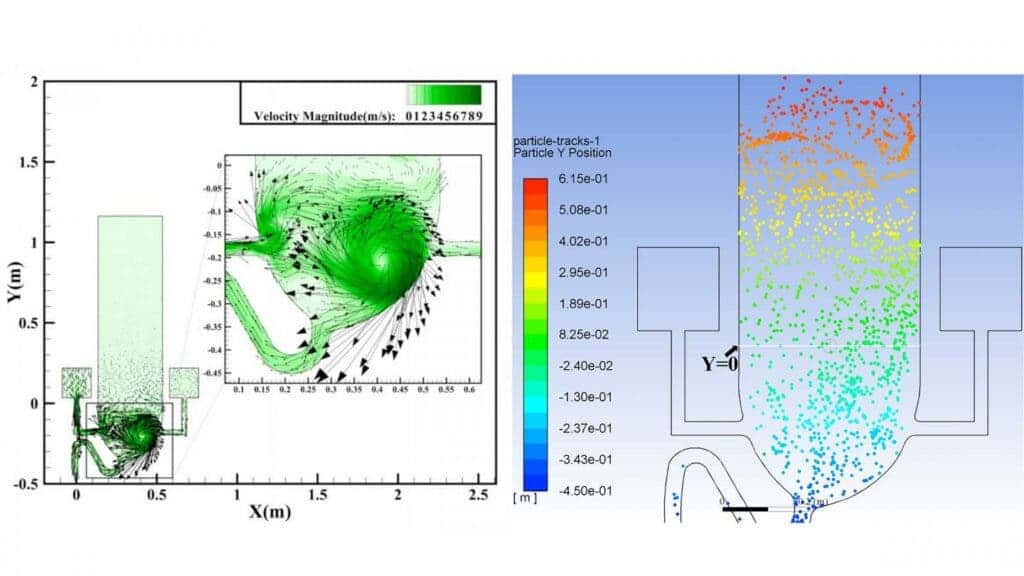Since researchers have already found that coronavirus can is passed through poop, toilets have come under increased scrutiny. Could coronavirus really be shared by using the same toilet?
We’re not really sure, but according to a new physical model, flushing a toilet can create an aerosol cloud sufficiently large and long-lasting to be breathed in by other people who might use that toilet.

As a respiratory virus, the novel coronavirus SARS-CoV-2 is thought to mainly spread through droplets, from person to person. Another means of transmission is through surfaces: someone carrying the virus sneezes on something you touch that, touch your face, you can get infected. But as recent research has shown, there might be another way of transmission — one that passes through the stomach.
We don’t know for sure if coronavirus can spread through poop, but at this point, it certainly seems possible. Around 2% of the cells lining the respiratory tract have the ACE2 receptors that the virus loves to cling to, and clinicians have detected coronavirus in tissue taken from the lining of the gut. Not only does the virus seem to be able to survive digestion, but it also seems to survive in feces for a surprisingly long time (on average, 11 days). This suggests that the virus is reproducing inside the gut and feces, and could potentially spread this way.
But without any quantitative studies, we still don’t know just how likely it is for the virus to be transmitted through the use of toilets.
To help fill in some of that gap, a team of researchers simulated the flow of air and water in a toilet and analyzed the resulting droplet cloud. The team used a well-established approach (the famous Navier-Stokes equations) to simulate two different situations: one toilet with a single inlet for flushing water, and another one with two inlets that create a different rotating flow when flushing.
In both cases, the results were striking, and a large cloud of droplets was produced.

In a single-inlet toilet, water pours into the toilet from one side, it produces a vortex that moves upward into the air above the bowl, carrying droplets to a height of almost 1 meter (3 feet), where they float for about one minute. In the double-inlet toilet, the particles flow even higher. Nearly 60% of the ejected particles rise high above the seat in this particular scenario, the researchers found.
“One can foresee that the velocity will be even higher when a toilet is used frequently, such as in the case of a family toilet during a busy time or a public toilet serving a densely populated area,” said co-author Ji-Xiang Wang, of Yangzhou University.
This is not entirely surprising news. Flushing a toilet creates a phenomenon known as toilet plume where up to 145,000 aerosolized droplets can be released and suspended in the air for hours. We still don’t know if those particles can carry the virus, as this was just a physical simulation (without the infectious disease part). But coronavirus or not, a cloud of particles coming from your toilet is not something desirable.
The simplest way to address this is to close the lid before flushing, thus keeping all the particles inside the toilet. However, the researchers also note that many public toilets don’t have lids, which could make them public health hazards.
As for coronavirus viral transmission through toilets, this remains an issue that warrants further investigation. This is still unlikely to be a main means of transmission, but we’re still not sure whether or not this risk exists and how big is it.
Meanwhile, on the flip side, researchers also found a benefit to this: if coronavirus can be passed through poop, that means that it also reaches sewage water, which means that sewage water could be an indicator of upcoming outbreaks. Several teams are working on this already.
Journal Reference: “Can a toilet promote virus transmission? From a fluid dynamics perspective”. Yun-Yun Li, Ji-Xiang Wang and Xi Chen. Physics of Fluids on June 16, 2020 (DOI: 10.1063/5.0013318). https://aip.scitation.org/doi/10.1063/5.0013318.






